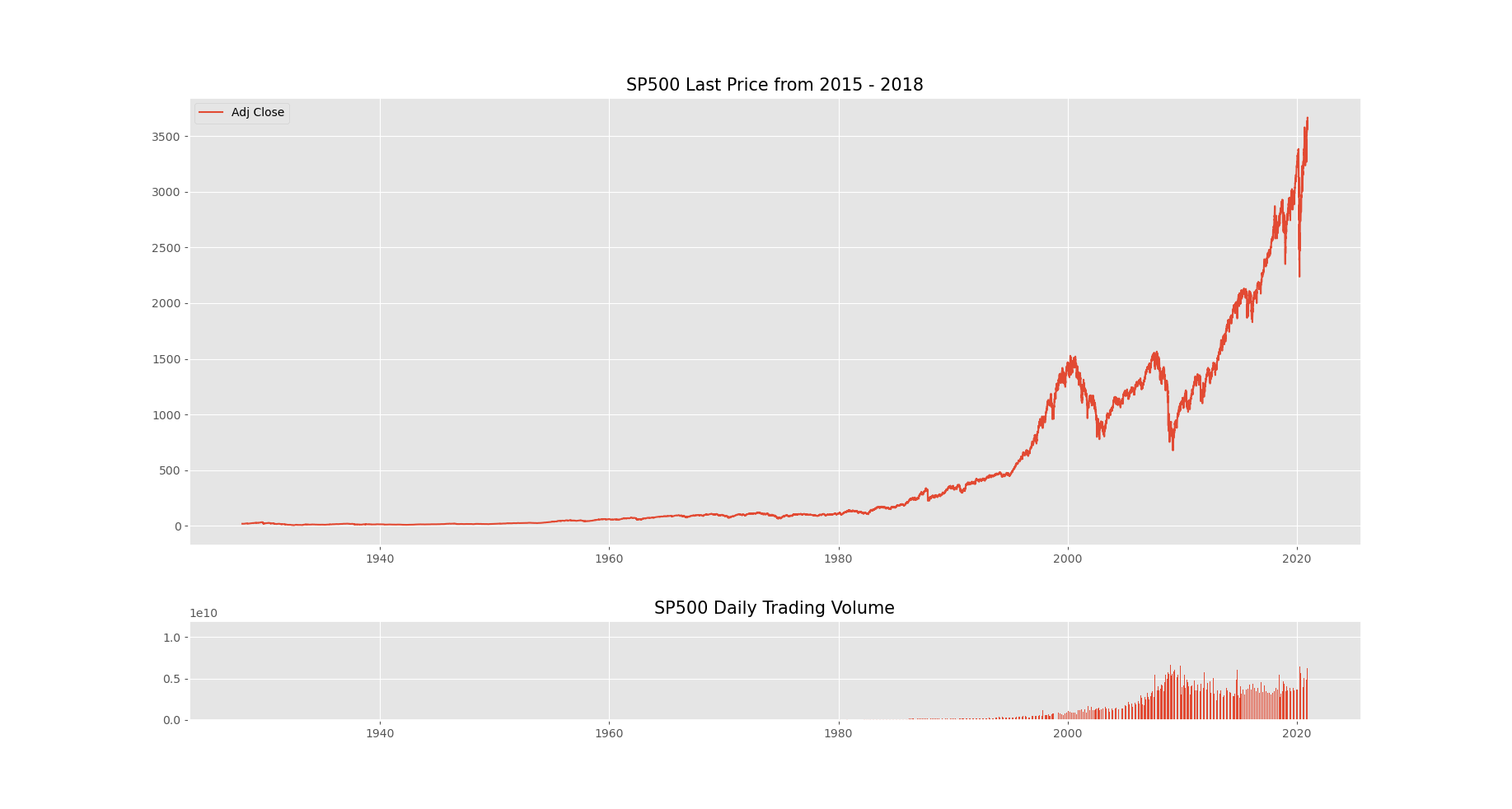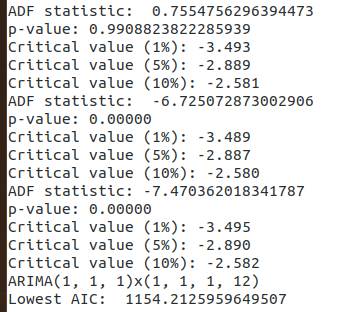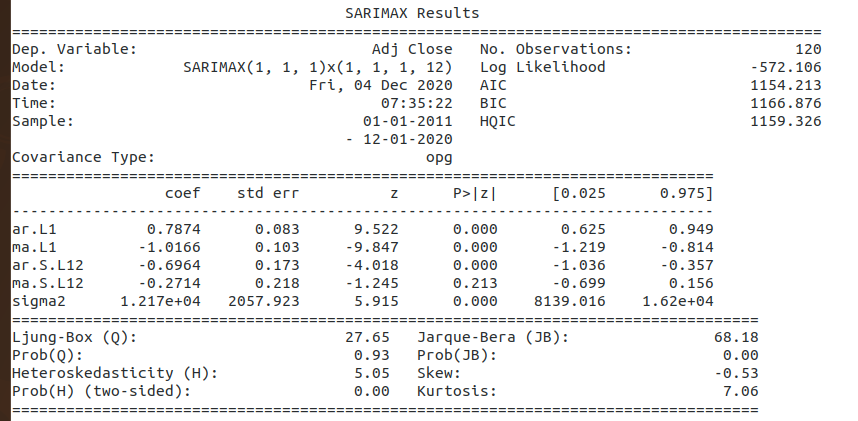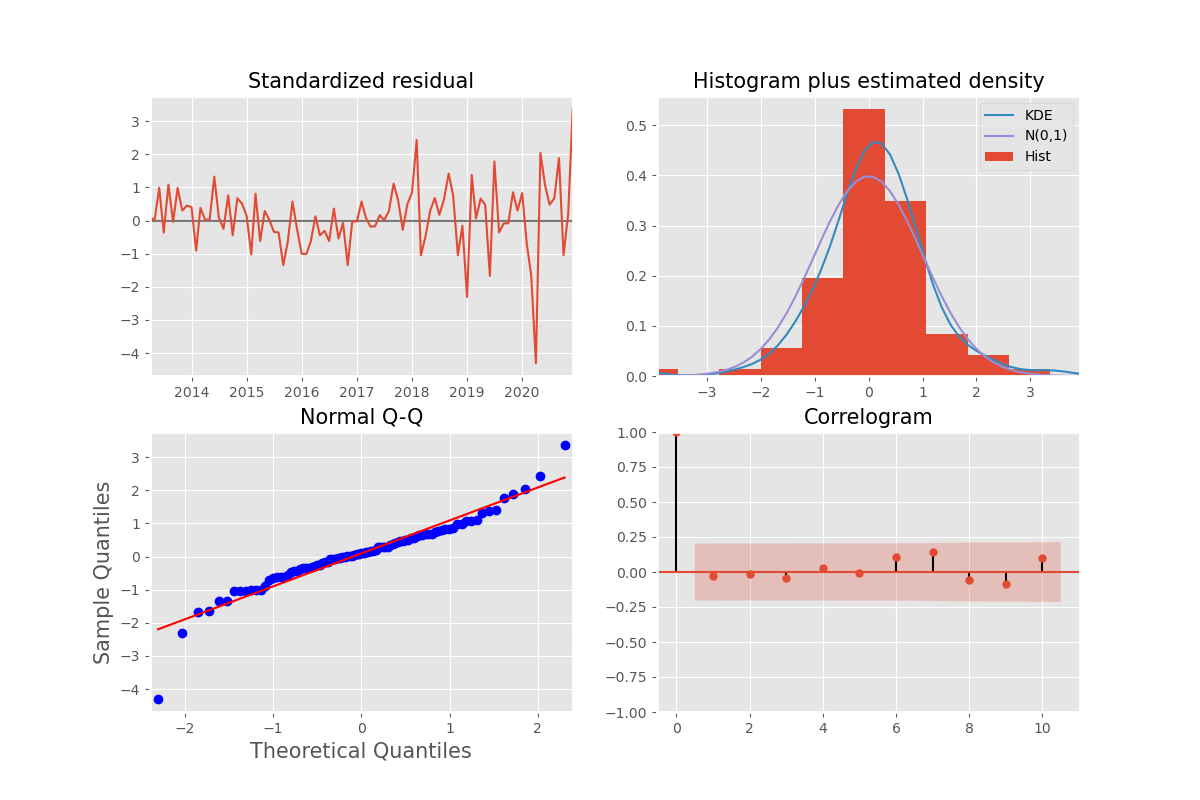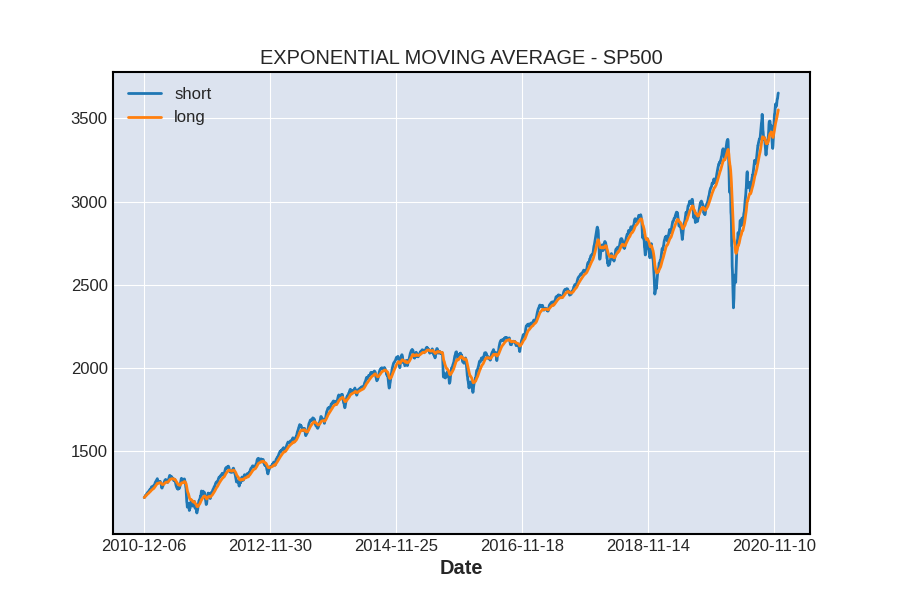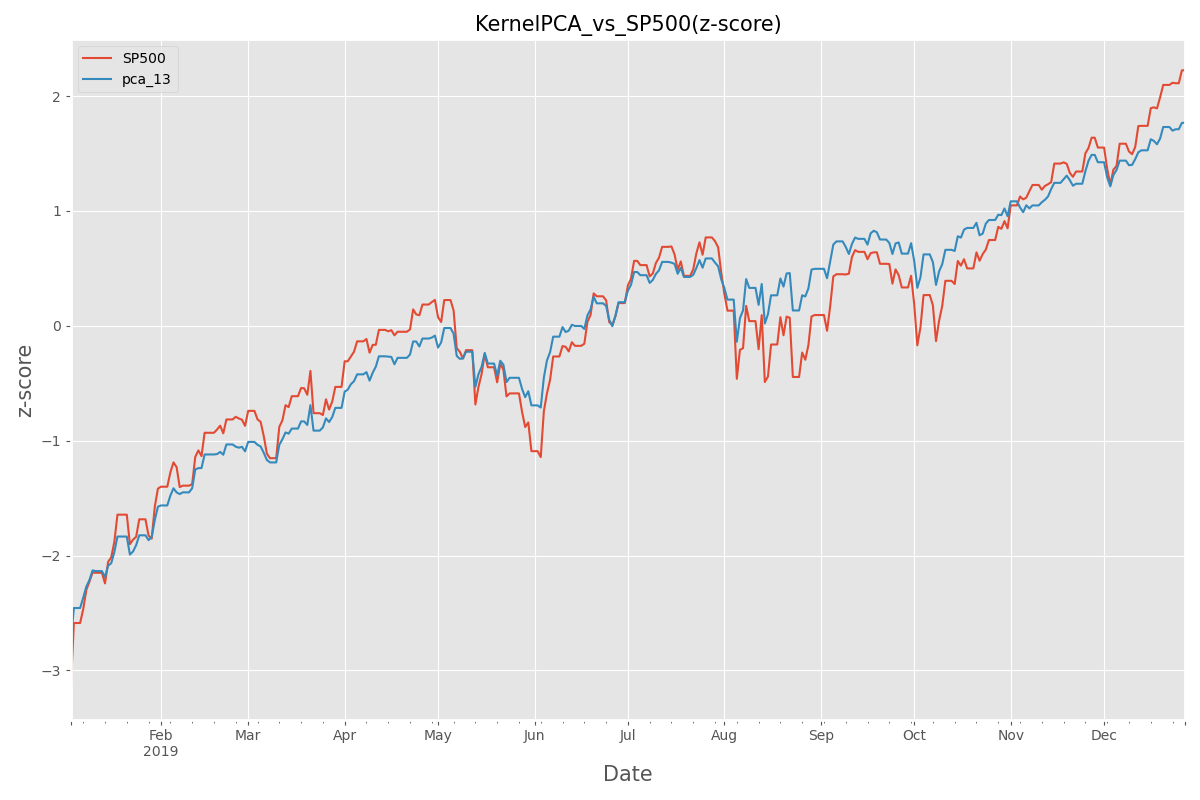- Low Returns
- “Under your mattress”
- High Yield Savings Account
- Treasury or Government Bill/Bond
- Risky Assets
- Cryptocurrency
- High Capital Investments
- Real Estate
- Alternative Assets
- Private Equity
- Alternative Options ~ A Potential Better Route:
- Stock Market (S&P 500 Index) - measures performance of 505 publicly listed companies
- Price movements tend to drift towards some long term mean either upwards or downwards.
- Stationary TS has constant mean/variance/autocorrelation over time
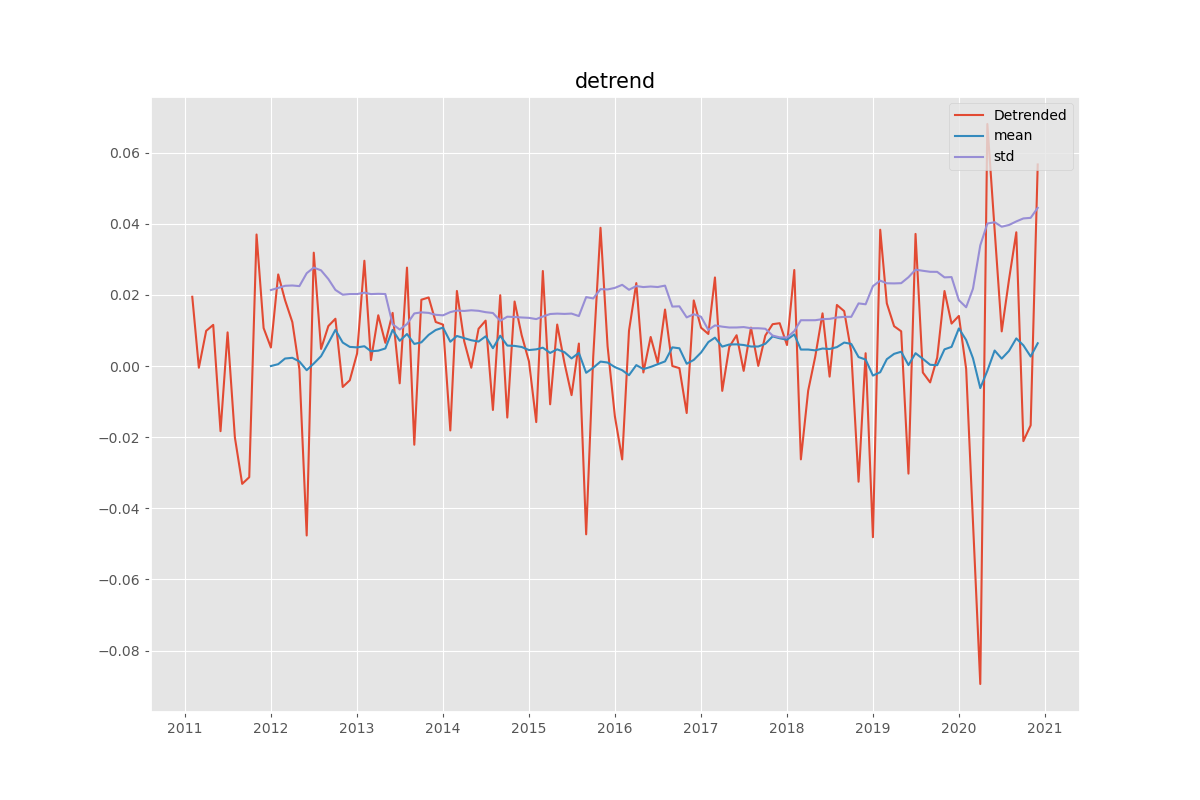
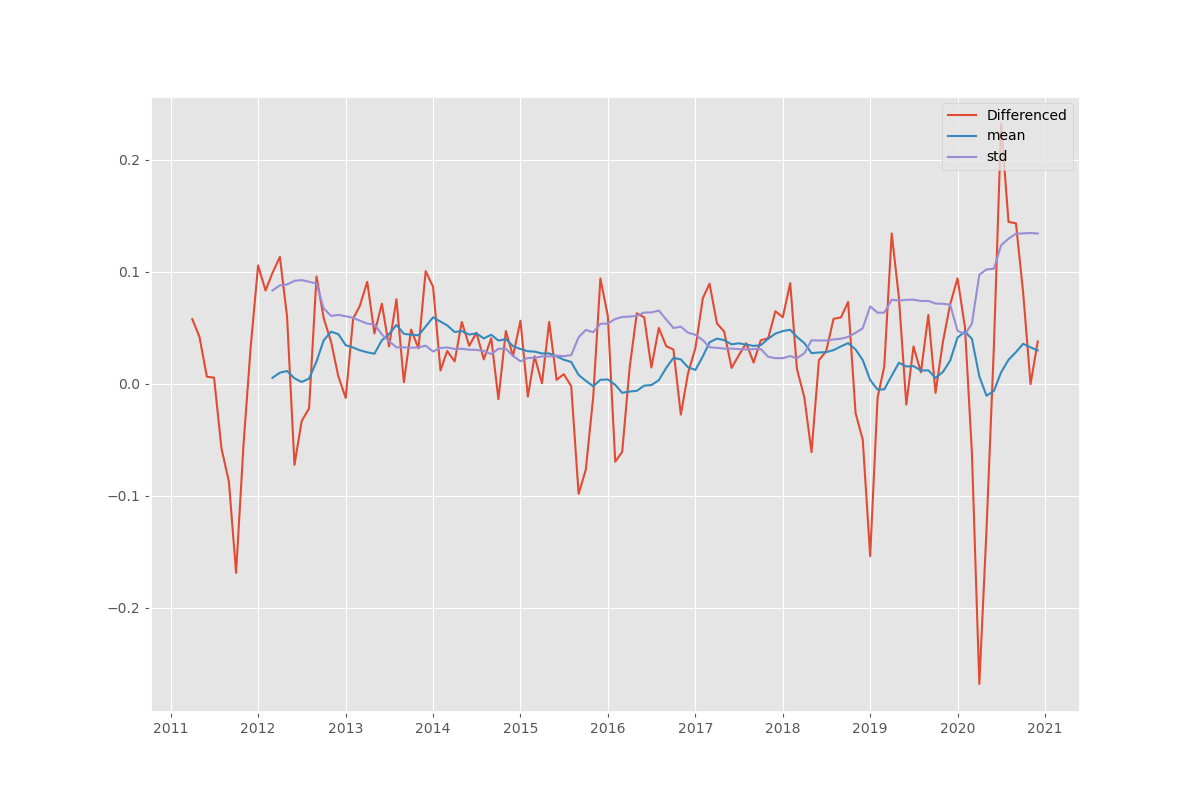
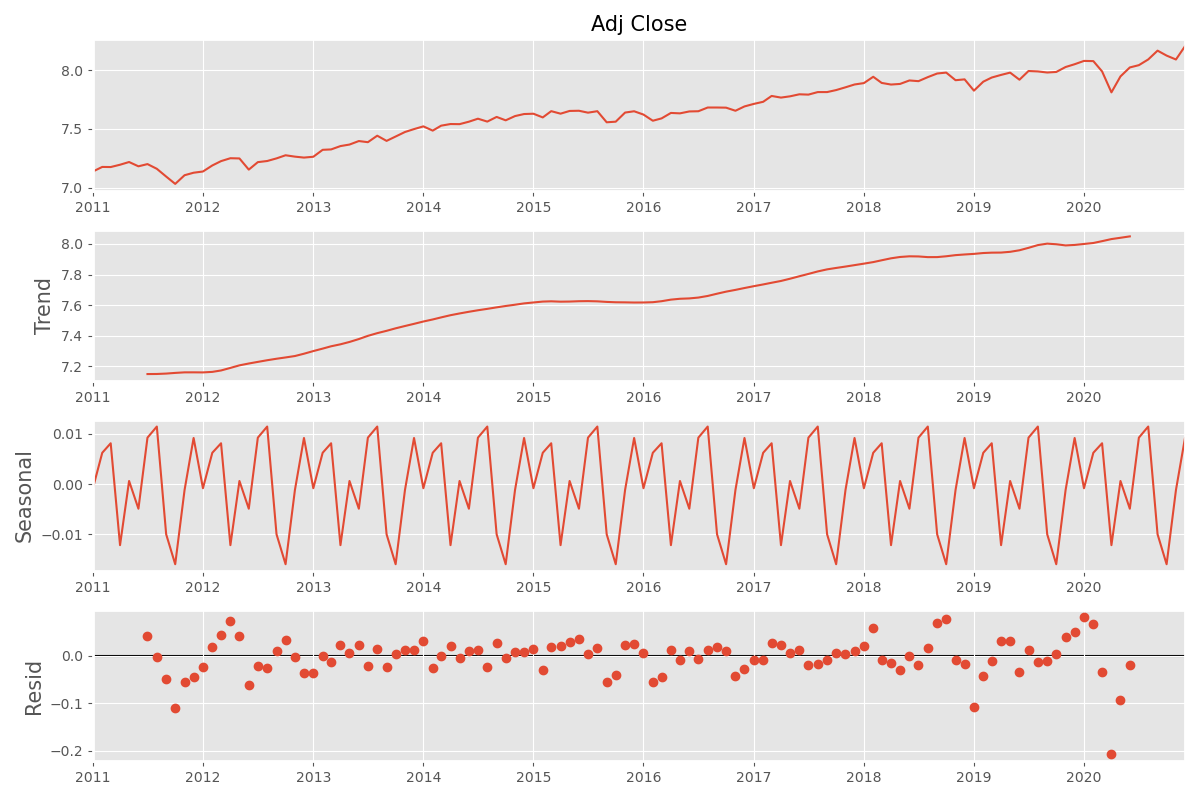
- p-value > 0.05 = reject null (nonstationary)
- Upper & Lower Bounds of Fitted Parameters (7 year Rolling Perdictions - Trailing)
- 95% Confidence Interval (shaded Section)
- Forcast 6 months into future
- perdiction widens to reflect loss of certainty in the market outlook
- Over time the market outperforms other assets
- Every year your money in your savings account is losing money due to inflation
- Generate portfolio from components of SP500
- Use z-score to normalize data
- Perform Kernel-PCA on the 505 component stocks within the S&P 500 Index
- Generate Outputs:
